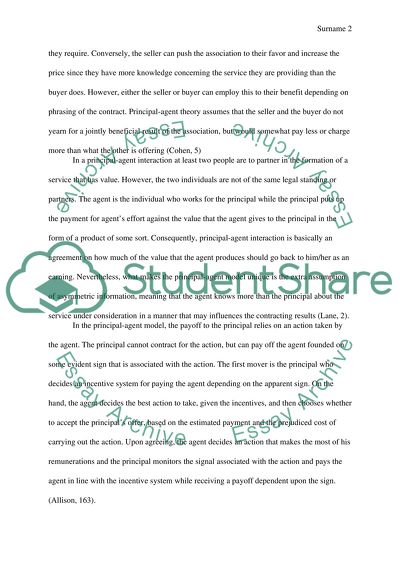Cite this document
(“Principal-agent theory provides definitive answers to how ownership Essay”, n.d.)
Retrieved from https://studentshare.org/environmental-studies/1405001-tprincipal-agent-theory-provides-definitive
Retrieved from https://studentshare.org/environmental-studies/1405001-tprincipal-agent-theory-provides-definitive
(Principal-Agent Theory Provides Definitive Answers to How Ownership Essay)
https://studentshare.org/environmental-studies/1405001-tprincipal-agent-theory-provides-definitive.
https://studentshare.org/environmental-studies/1405001-tprincipal-agent-theory-provides-definitive.
“Principal-Agent Theory Provides Definitive Answers to How Ownership Essay”, n.d. https://studentshare.org/environmental-studies/1405001-tprincipal-agent-theory-provides-definitive.


